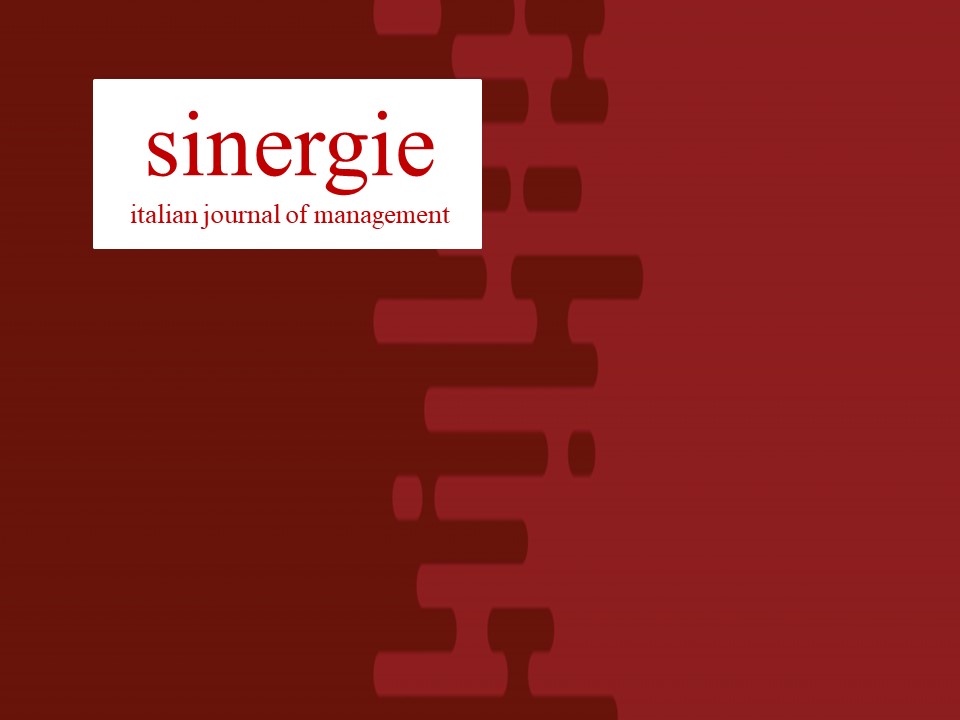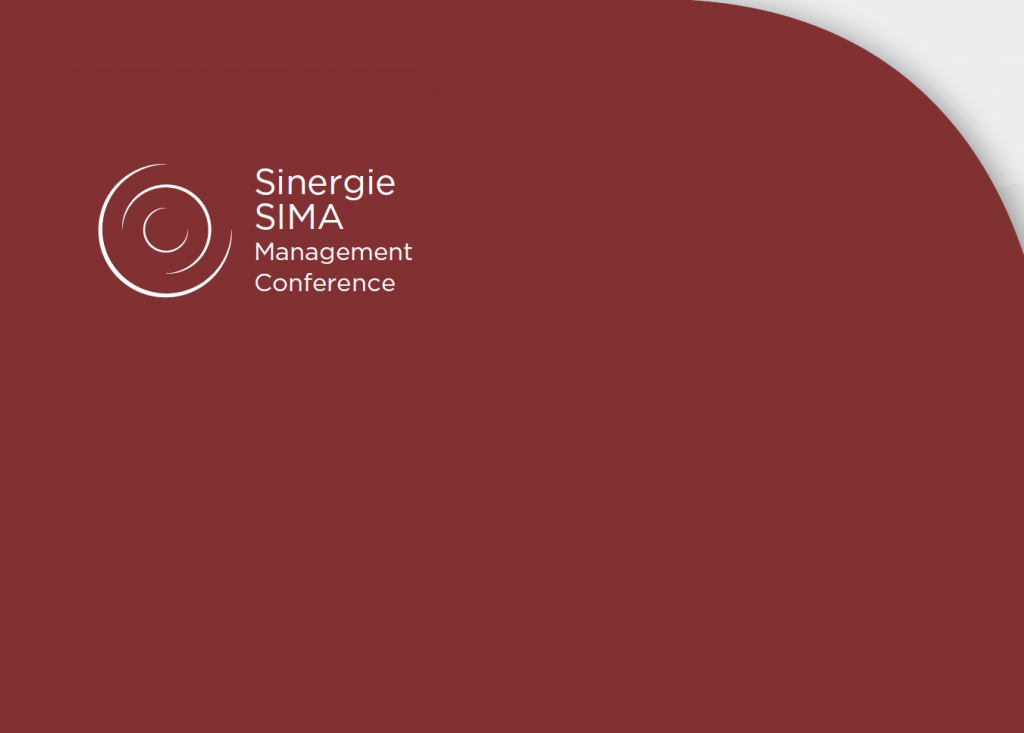La regolazione del trasporto ferroviario: un’analisi organizzativa delle autorità in Europa
Purpose of the paper: The Regulation aspect within public utilities represents a really interesting theme, especially considering the rail market where the regulation ratio is strongly high (in terms of price level, entry barriers, accountability rules).
The aim of this work is to analyze organizational structures and dynamics within the Regulation Authorities, adopting the neo-institutional theory as theoretical framework.
Methodology: To pursue this objective, we have compared all the European Rail Regulation Authorities. The adopted methodology is the structured questionnaire, with the aim to understand main information about constitution, organizational structures, coordination and control mechanisms, and governance models.
Findings: Results evidence that the neo-institutional theory may in a good way explain the evolution of the rail regulation market, especially considering the fact that Authorities answered in different ways to the pressure coming from European regulation law.
Research limits: The main limit of this research is the fact that the rail regulation market still represents a very young organizational field, that means that it is still evolving. This consideration, indeed, represents also an opportunity for future research, by considering that it is possible to imagine future research to verify and analyze future evolution of the rail regulation field.
Practical implications: The same limits of this research can be considered as starting point for future research goals, mainly related to the possibility of repeating this study in order to test the evolution over time of the organizational field.
Originality of the paper: The relevance of this study may be found in the involvement of all European Rail Regulation Authorities.


